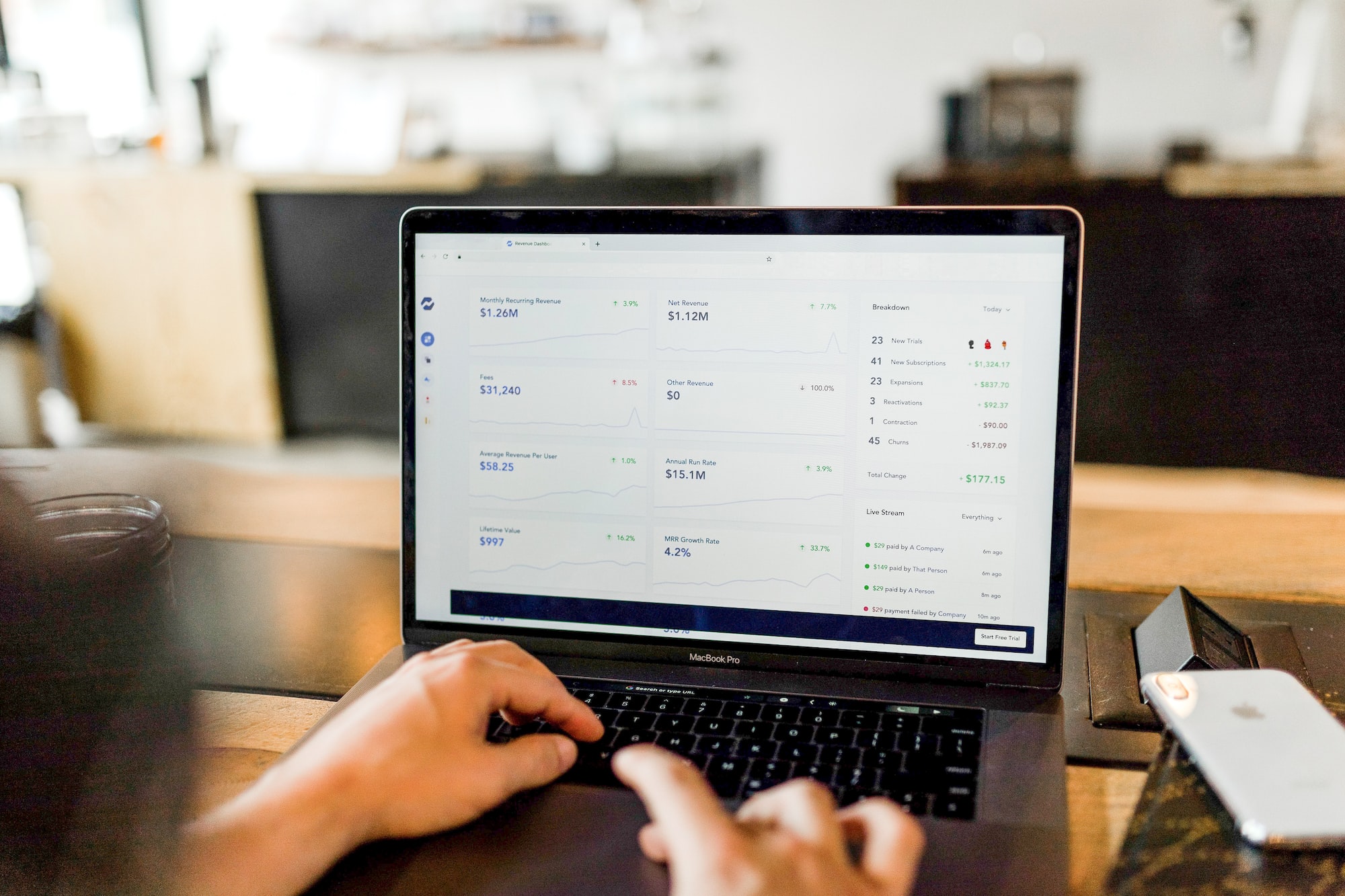In today’s competitive online business landscape, achieving high conversion rates is crucial for sustained growth and profitability. Regardless of the industry or niche you operate in, optimizing your conversion rates can significantly impact your bottom line. This article will explore various strategies and techniques that can help you enhance your conversion rates, leading to increased sales and revenue. Whether you’re an established e-commerce business or just starting, these actionable tips will provide valuable insights to improve your conversion rates effectively.
Analyzing and Optimizing Your Website
Conducting a Conversion Audit
Before diving into optimization techniques, it’s crucial to analyze your website’s current conversion performance. A conversion audit helps identify the strengths and weaknesses of your existing conversion funnel. Reviewing metrics such as bounce rate, time on page, and exit rates can provide valuable insights into user behavior. Tools like Google Analytics can help track user journeys and identify potential bottlenecks in your conversion process.

Streamlining Your User Experience
A seamless and user-friendly website experience is key to improving conversion rates. Optimize your website’s navigation and ensure intuitive user interfaces. Reduce clutter and distractions, making it easy for visitors to find what they want. Implement clear and compelling calls-to-action (CTAs) throughout your site, guiding users toward conversion.
Implementing A/B Testing
A/B testing is a powerful technique that allows you to compare two or more versions of a web page to determine which performs better in conversions. Test different elements such as headlines, layouts, CTAs, and colors to identify what resonates best with your audience. Tools like Google Optimize or Optimizely can help you run A/B tests and make data-driven decisions for optimization.
Optimizing Content and Messaging
Crafting Compelling Headlines
Captivating headlines grab users’ attention and entice them to explore further. Use persuasive language, focus on benefits, and create a sense of urgency to drive conversions. Incorporate relevant keywords to enhance search engine visibility and improve organic traffic.
Enhancing Product Descriptions
Well-crafted product descriptions play a vital role in influencing purchase decisions. Highlight unique selling points, address customer pain points, and provide clear and concise information about the product’s features and benefits. Incorporate customer testimonials and reviews to build trust and credibility.

Implementing Persuasive CTAs
Your calls-to-action (CTAs) should be clear, concise, and visually prominent. Use action-oriented language that encourages users to take the desired action, such as “Buy Now,” “Sign Up Today,” or “Get Started.” Experiment with different button colors, sizes, and placements to find the most effective CTA for your audience.
Optimizing Conversion Funnel
Simplifying Checkout Process
A complex or lengthy checkout process can lead to shopping cart abandonment. Streamline your checkout process by reducing the number of form fields, offering guest checkout options, and implementing progress indicators. Display trust symbols, such as secure payment icons, to instill confidence in your customers.
Leveraging Social Proof
Incorporating social proof can significantly impact conversion rates. Display customer reviews, testimonials, and case studies to build trust and credibility. Showcase the number of satisfied customers, awards, or industry recognitions to establish your brand’s authority. Utilize social media widgets to showcase real-time engagement and activity.
Offering Incentives and Guarantees
Motivate customers to take action by offering incentives, such as limited-time discounts, free shipping, or bonus offers. Implement a hassle-free return policy and money-back guarantees to reassure customers that their purchase is risk-free. Clear communication of these incentives and guarantees throughout the conversion funnel can boost customer confidence and encourage conversions.
Leveraging Digital Marketing Strategies
Search Engine Optimization (SEO)
Effective SEO strategies can improve your website’s visibility in search engine results and drive organic traffic. Conduct keyword research to identify relevant search terms and incorporate them naturally throughout your website’s content, meta tags, and URLs. Optimize your website’s loading speed, mobile responsiveness, and overall user experience to enhance search engine rankings.

Pay-Per-Click (PPC) Advertising
PPC advertising allows you to display targeted ads to potential customers based on specific keywords or demographics. Platforms like Google Ads and social media advertising platforms offer robust targeting options to reach your desired audience. Craft compelling ad copy, select relevant keywords, and optimize landing pages to maximize conversions while controlling your advertising budget.
Content Marketing
Content marketing plays a pivotal role in establishing your brand’s authority, attracting organic traffic, and nurturing leads. Create valuable and informative content, such as blog posts, videos, and guides, that addresses your target audience’s pain points. Incorporate relevant keywords naturally within your content to improve search engine visibility. Promote your content through social media, email marketing, and influencer collaborations to expand your reach and drive conversions.
Analyzing and Iterating Based on Data
Monitoring Key Performance Indicators (KPIs)
Regularly monitor and analyze key performance indicators to assess the effectiveness of your conversion optimization efforts. Track metrics such as conversion rate, bounce rate, average order value, and customer lifetime value. Identify trends, patterns, and areas for improvement to make data-driven decisions.
Utilizing Heatmaps and User Behavior Analysis
Heatmap tools like Crazy Egg or Hotjar provide visual representations of user interactions with your website. Analyzing heatmaps helps identify areas of high engagement and user interest, as well as areas that are frequently ignored. Combine heatmap analysis with user behavior analysis to understand how visitors navigate your site and where they encounter obstacles. Use this insight to optimize page layouts, CTAs, and content placement.
Implementing Continuous Testing and Optimization
Conversion rate optimization is an ongoing process. Test and iterate on different elements of your website, landing pages, CTAs, and messaging to refine and improve conversion rates continually. Utilize feedback from user surveys, usability tests, and customer support interactions to address pain points and optimize the user experience.
Conclusion
Increasing conversion rates is a crucial aspect of growing your online business. By implementing the strategies and techniques discussed in this article, you can optimize your website, enhance your content and messaging, streamline your conversion funnel, leverage digital marketing strategies, and analyze data to improve your conversion rates effectively. Remember, conversion optimization is an iterative process that requires ongoing testing, optimization, and refinement. By focusing on improving user experience, providing compelling content, and utilizing data-driven insights, you can drive more conversions, boost sales, and achieve long-term success.
Start optimizing your conversion rates today! Subscribe to the 14-day free trial of Miestro, our powerful platform for creating and managing online courses. Experience the difference it can make in growing your business. Sign up now at Miestro.com.

